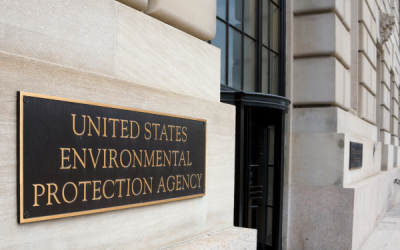Americans have the meats.
Eighty percent of Americans call themselves meat eaters, while 98% of households purchase meat. Households trying to decrease meat consumption have been sliced by 20% compared to 2020.
Those numbers were revealed in “The Power of Meat” report by the Meat Institute and FMI-The Food Industry Association.
Make no misteak: while Americans continue to eat meat, total pounds sold were down for the third consecutive year.
The struggle inflation is real. Since 2019, Americans are spending 32% more on food and beverages than they did before COVID.
And the steaks are high… literally. In response, consumers have made changes to how they buy their meat. The most popular method was adjusting the quantity they purchased. Some shopped for smaller packages, while others bought in bulk to save money over time.
Biggest spenders? Gen X makes up 32% of retail meat sales. Meanwhile, Boomers buy most frequently at 53 times per year. Millennials are flexing, spending the most on each meat purchase.
Fun fact: Air fryers are the third most popular appliance for prepping meat and poultry. First and second? The stove and oven. (Makes sense.)
So here’s hoping that more meat, less inflation, gets cooked up in the next report.
Short Corn Packs a Punch
Dynamite comes in small packages—which can be true with new seed technology. What’s...
Congress to EPA: What’s Your BEEF with Meat Packers?
The Environmental Protection Agency (EPA) is considering new regulations that take aim at meat and poultry processors.
And some members of Congress have a BEEF with the EPA’s proposals.
The proposed rules: In late January, the EPA released the details of its proposed “Clean Water Effluent Limitations Guidelines and Standards for the Meat and Poultry Products Point source category.”
Huh?
Basically, the EPA formally published its proposals to combat wastewater contaminants that come from slaughterhouses.
Okay… that makes more sense.
At the heart of the rules proposal is a concern from environmental groups about nitrogen and phosphorus pollutants that originate from slaughterhouses. In some cases, the wastewater goes directly into waterways. In other cases, the water goes to municipal wastewater treatment facilities.
But not everyone is on board with the EPA’s suggestions…
Congress responds: Last week, two U.S. representatives—Eric Burlison (MO) and Ron Estes (KS)—pushed back against the EPA and introduced the “Banning EPA’s Encroachment of Facilities (BEEF) Act.” If passed and signed by President Biden, the law would prohibit the EPA from finalizing, implementing, or enforcing the rule.
According to the lawmakers, the proposed rules place undue burden on small processors—costs that can be absorbed by larger companies.
Soundbite: “The… proposed regulation isn’t just an attack on family-run small businesses, it’s an attack on rural communities,” said Burlison. “These meat and poultry processors are the lifeblood of our communities. The BEEF Act… lets these hardworking Americans do what they do best, produce safe, affordable food for our families.”
University of Illinois Makes Big Mooves in Milk Production
Pump it up: Scientists led by Matt Wheeler at the University of Illinois Urbana-Champaign are...




